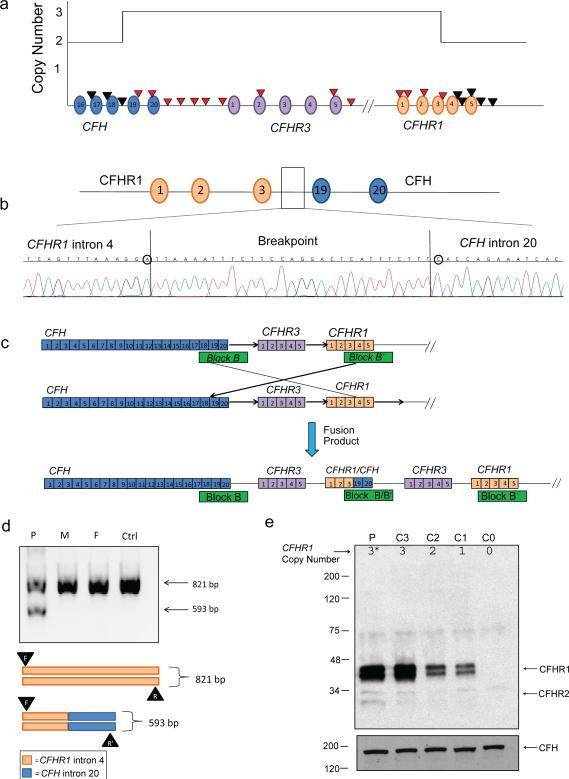Figure 1. A novel hybrid CFHR1/CFH gene.
a) MLPA determination of copy number over the CFH-CFHR region identified a duplication beginning with CFH exon 21 (CFH SCR 19) and ending after CFHR1 exon 4 (CFHR1 SCR 3). MLPA probes are represented by arrows and SCRs by ovals. Red arrows indicate duplicated probes. The breakpoint sequence was localized to a 29 bp sequence between intron 4 of CFHR1 and intron 20 of CFH. SNP differences (circled) between CFH and CFHR1 defined the exact location of the breakpoint. SCRs are represented by ovals. b) The breakpoint sequence was localized to a 29 bp sequence between intron 4 of CFHR1 and intron 20 of CFH. SNP differences (circled) between CFH and CFHR1 defined the exact location of the breakpoint. c) The novel hybrid CFHR1/CFH gene originates from NAHR between homologous blocks B and B′. The resulting fusion protein comprises SCRs 1-3 of CFHR1 and SCRs 19-20 of CFH. The direction of the recombination is indicated by black arrows. d) Diagnostic PCR utilizing a common forward primer (F) in CFHR1 intron 4, a reverse primer (R) in CFHR1 intron 4, and a reverse primer in CFH intron 20 (R′) in the same reaction resulted in both a 593-bp breakpoint and a 821-bp wild-type (WT) product in our patient. The 593-bp breakpoint fragment was not seen in the mother (M), father (F), or in a control patient (Ctrl). e) Western blot using a polyclonal rabbit anti-CFHR1 antibody against sera from the patient (P) and controls (C0-C3) with known genetic copy number variations in CFHR1 (C0 = zero copies of CFHR1, C1 = one copy, C2 = two copies, and C3 = three copies). The presence of an additional CFHR1/CFH fusion protein (*) accounts for the increased band density seen in the patient. Differential glycosylation of CFHR1 SCRs 2 and 3 accounts for the two different band sizes at 37 and 43 kDa. CFH (~150 kDa) was used as a loading control.

